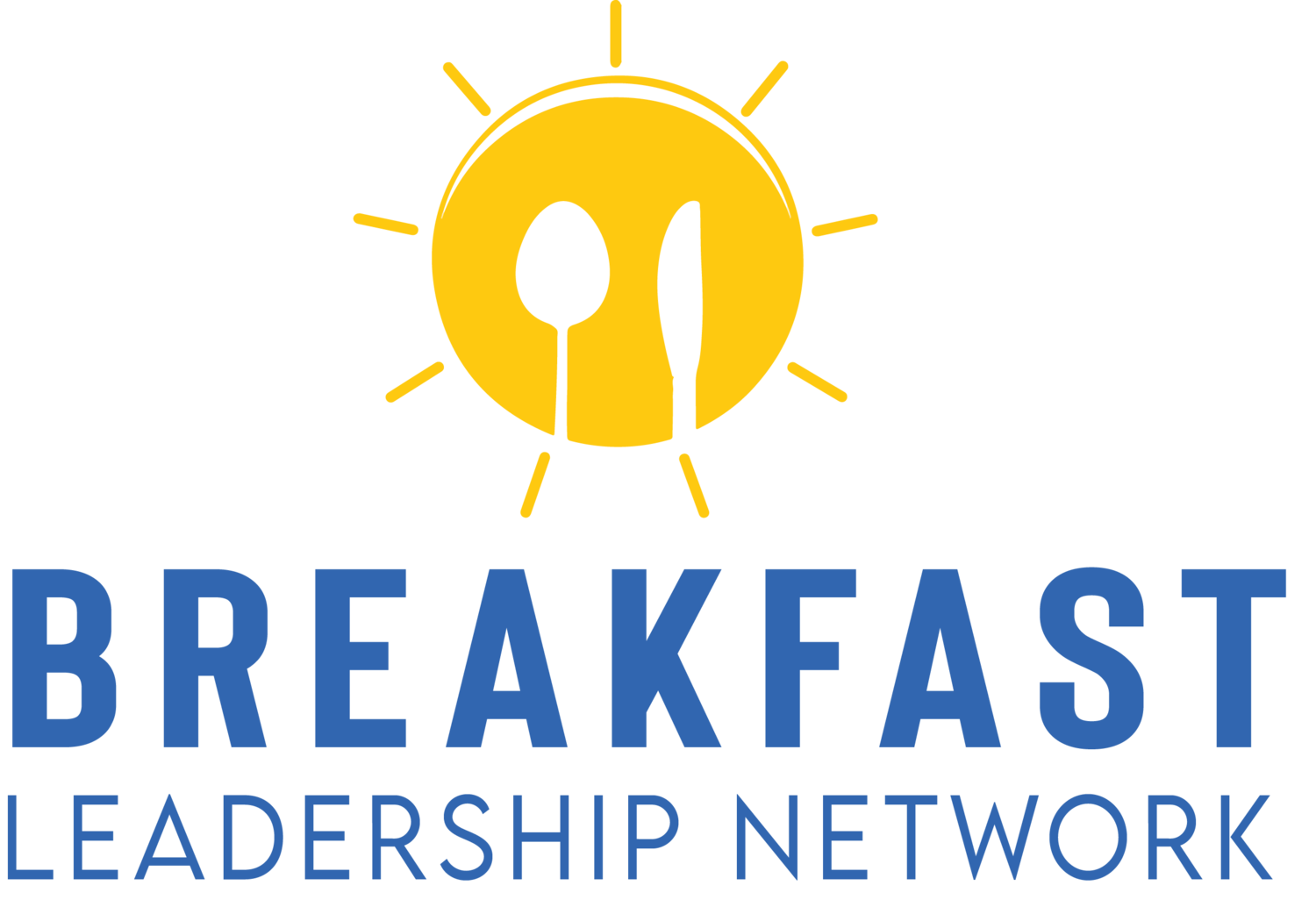The Hidden Cost of Going Viral: How Social Media Is Fueling a Teen Mental Health Crisis
The modern social media landscape, once hailed as a digital revolution connecting the world, has become an emotional minefield for today’s youth. A recent white paper by Bader Scott Law, The Viral Injury Epidemic: How Social Media is Fueling ER Visits, Suicide Attempts, Self-Image Issues & Botched Plastic Surgeries, lays bare the mental health consequences behind the quest for likes, followers, and viral validation. The findings are stark: social media is no longer a harmless pastime it’s a psychological pressure cooker reshaping adolescent development and well-being.
A Disturbing Picture of Mental Health Decline
According to the report, 58% of teens now experience anxiety, depression, or stress directly linked to social media. The relentless stream of curated perfection and algorithmically amplified content has blurred the line between digital performance and personal identity. What was once a tool for connection has evolved into an environment where constant comparison and external validation dictate self-worth.
Even more alarming, 10% of high-use teens reported suicidal intent or self-harm in the past year, while ER visits for self-inflicted injuries have surged 32% since 2020. These are not abstract numbers, they represent real lives caught in the digital crossfire between self-expression and self-destruction.
Algorithmic Anxiety: When Engagement Becomes Exploitation
The psychological mechanics driving social platforms are clear. Every like, comment, and share triggers dopamine hits that keep users hooked, often at the expense of emotional stability. The Bader Scott Law report introduces a powerful term: algorithmic anxiety. This describes the emotional volatility caused by algorithms designed to amplify outrage, beauty ideals, and shock value — content that keeps users scrolling but slowly erodes their mental health.
On platforms like TikTok, “For You” feeds have evolved into what psychologists call comparison traps, where teens spend hours measuring their worth against influencers and filtered realities. This constant exposure to impossible standards has contributed to the rise of dangerous trends such as “looksmaxxing,” “bonesmashing,” and “starvemaxxing,” movements that glorify extreme and often harmful forms of self-improvement.
As discussed in my article The Hard Truth About Passion: It’s Not Enough to Keep a Business Alive, obsession without balance always leads to burnout. The same principle applies to digital spaces endless striving for perfection online produces exhaustion, not empowerment.
The Emotional Fallout in Real Life
Behind every viral post lies a system that rewards obsession and punishes moderation. Teens are not equipped to navigate platforms engineered to exploit vulnerability. As the report’s authors write, “Every like, view, or comment is part of a behavioral feedback loop that rewards distress and punishes moderation.”
This design has profound consequences. Over 60% of teens say they can’t live without their favorite platform, and 45% of young adults report feeling more disconnected after using social media. What began as a tool for connection now leaves users lonelier, more anxious, and emotionally depleted.
Schools are seeing a surge in counseling requests. Pediatricians are reporting spikes in sleep disorders and depressive symptoms. Parents are facing new challenges trying to help children unplug from a digital world that never stops demanding attention. This aligns with insights I’ve shared in Burnout Proof, where constant exposure to stimulation leads to emotional fatigue and decreased focus.
When Influence Turns Harmful
Social media influencers have become the modern-day role models for millions of young people. While some use their platforms responsibly, many perpetuate unrealistic standards or dangerous fads. From “mewing” tutorials to “softmaxxing” aesthetics, entire subcultures now promote appearance modification and self-critique as forms of empowerment.
Yet these movements are anything but empowering. Clinical psychologists warn that such trends normalize body dysmorphia and disordered eating, turning self-care into self-sabotage. The American Psychological Association (APA) has identified a strong correlation between heavy social media use and increased rates of depression, anxiety, and body dissatisfaction among teens (APA, 2023).
A Call for Accountability and Early Intervention
The crisis has reached a point where health and legal experts are demanding accountability from tech companies. With teen suicide rates rising 29% since 2019, the CDC and APA now classify youth mental health as a public health emergency. Lawsuits are testing whether algorithmic design can be considered negligent when it knowingly amplifies harmful content.
But policy alone will not solve this. Parents, educators, and communities must prioritize digital literacy and emotional resilience. As I’ve explored in How to Build Psychological Safety in Your Team, safety begins with awareness and connection — the same principles that can help families rebuild healthy digital habits.
Experts warn that without early intervention, the United States could see a 40% rise in adolescent mood disorders by 2027. The solution requires both systemic reform and individual responsibility: teaching young users to recognize manipulation, curate their online environment, and seek offline validation through genuine relationships and purpose-driven activities.
Building a Healthier Digital Future
We are raising a generation that equates visibility with value. Reversing that requires redefining what connection truly means. Social platforms can be redesigned to reward authenticity, empathy, and learning instead of comparison and chaos. Educators can integrate digital wellness into curricula. Parents can model healthy tech boundaries. And society can elevate conversations about self-worth beyond follower counts and filters.
As I often share with leaders and audiences through the Breakfast Leadership Show, technology itself isn’t the enemy disconnection is. The challenge ahead is to ensure that the digital tools meant to unite us don’t continue to divide us internally.
